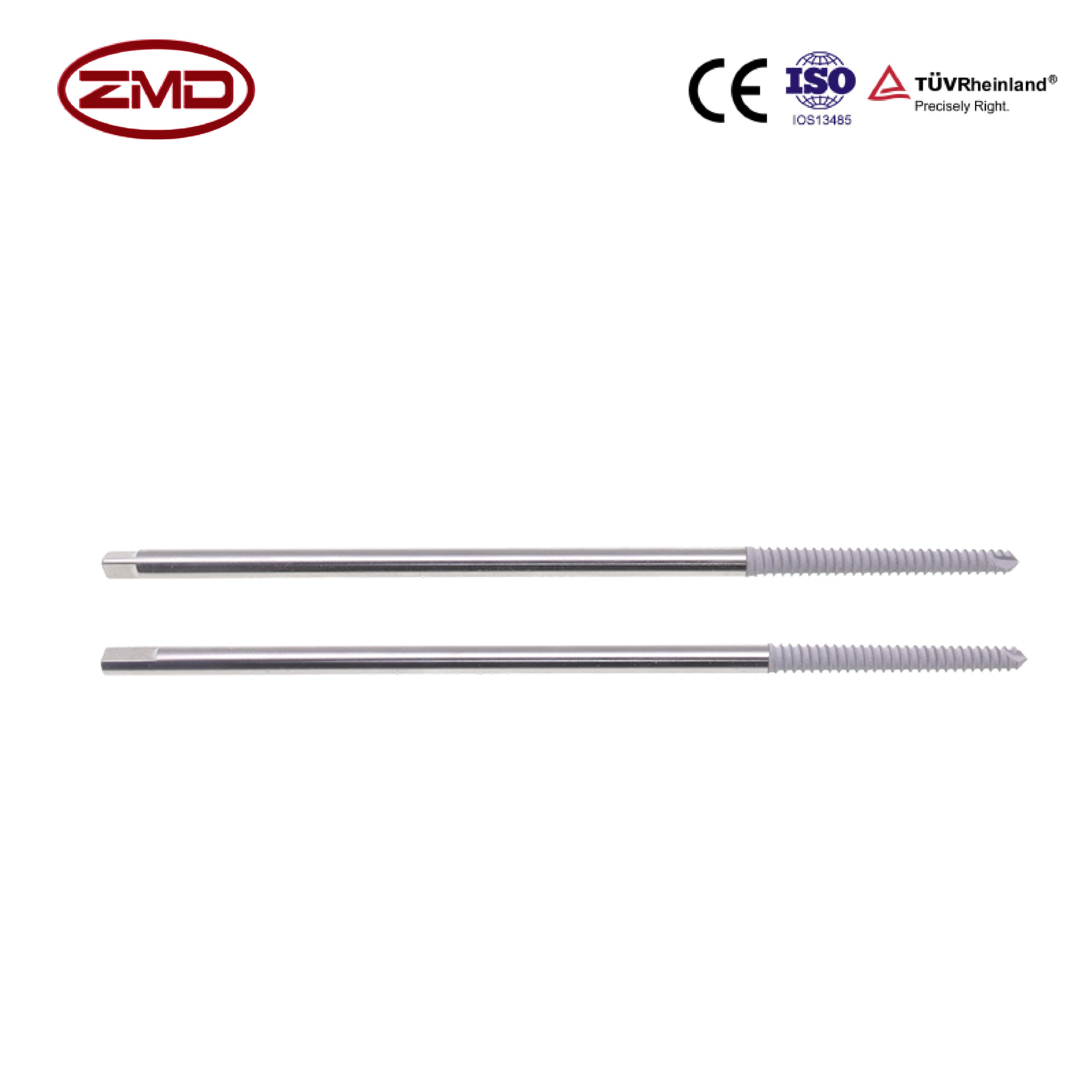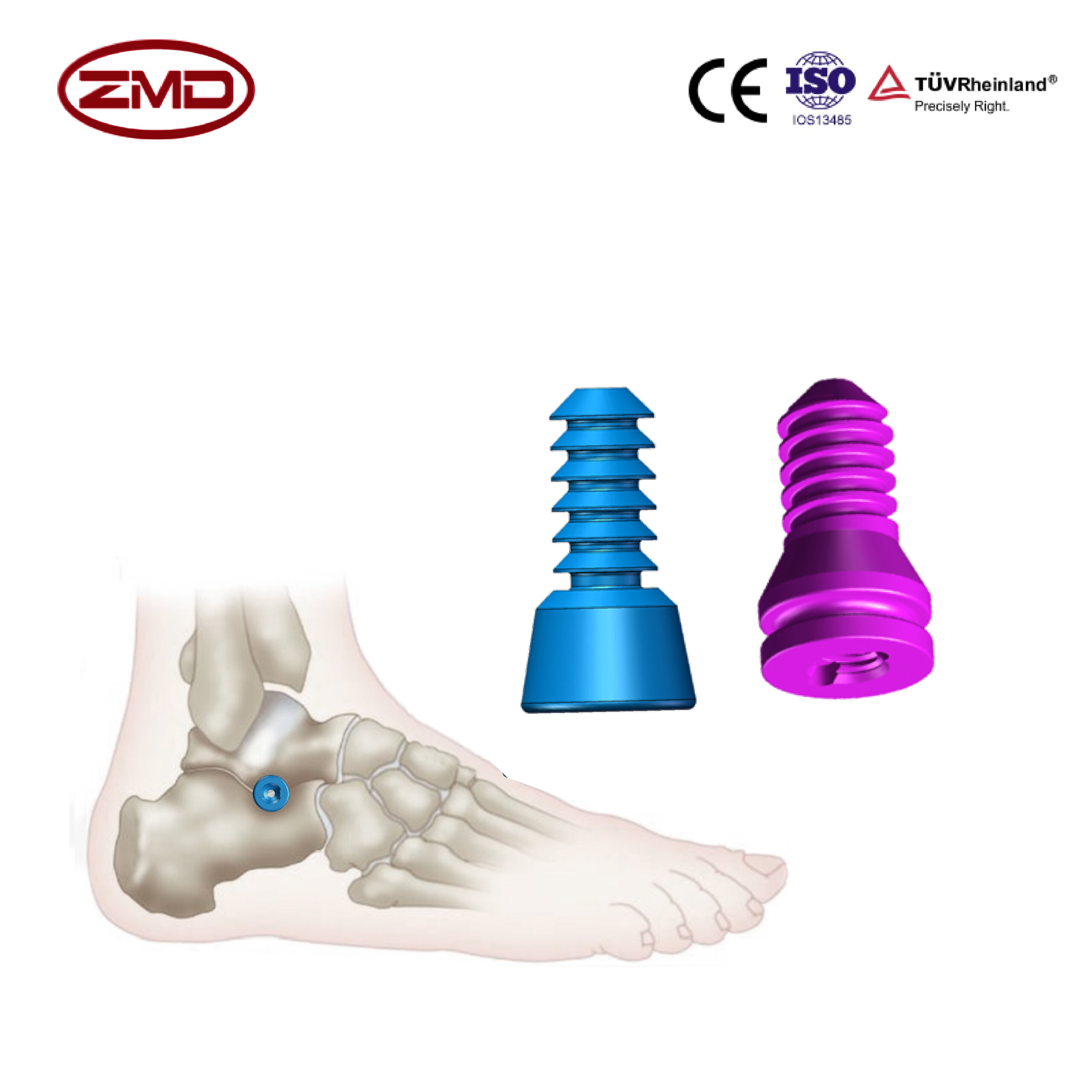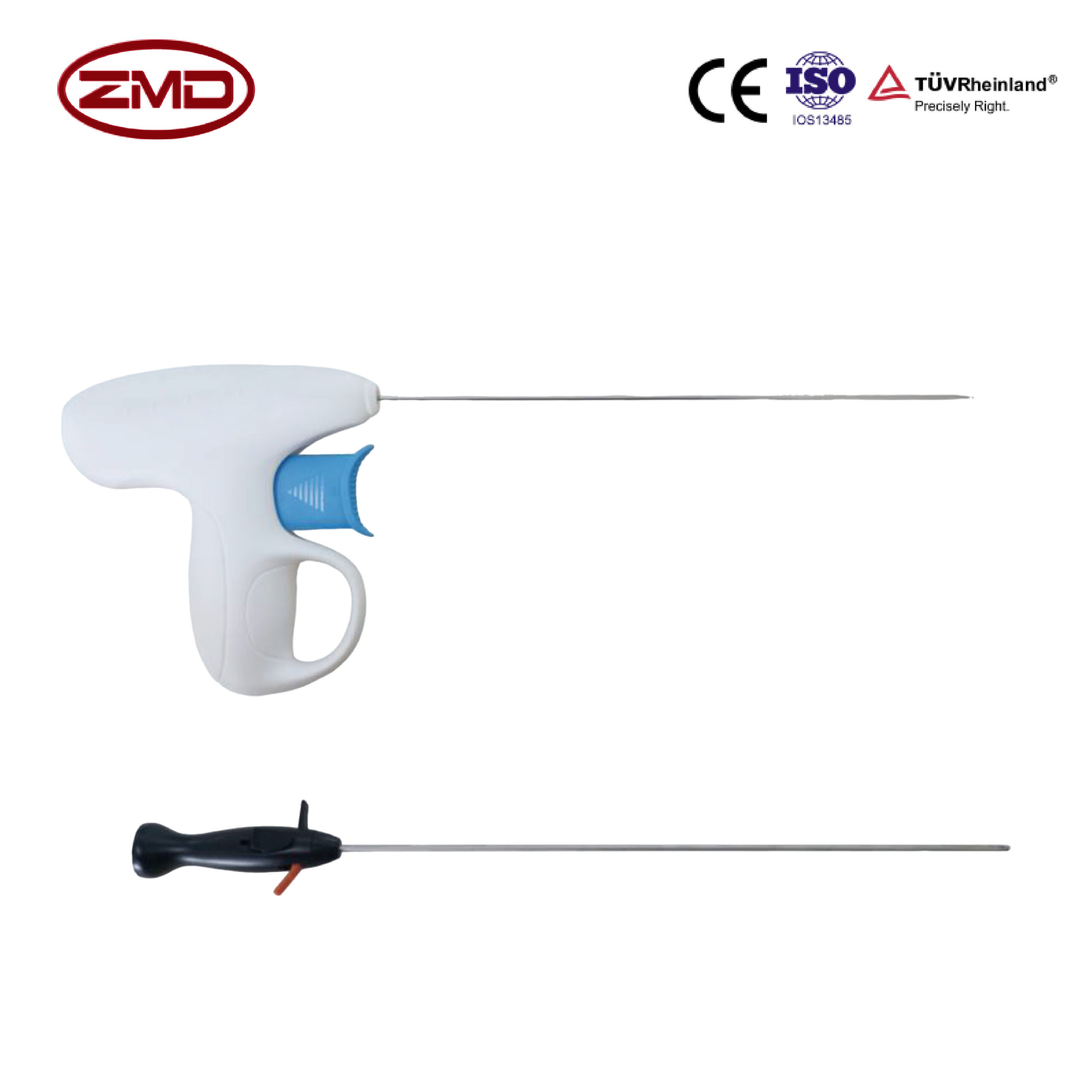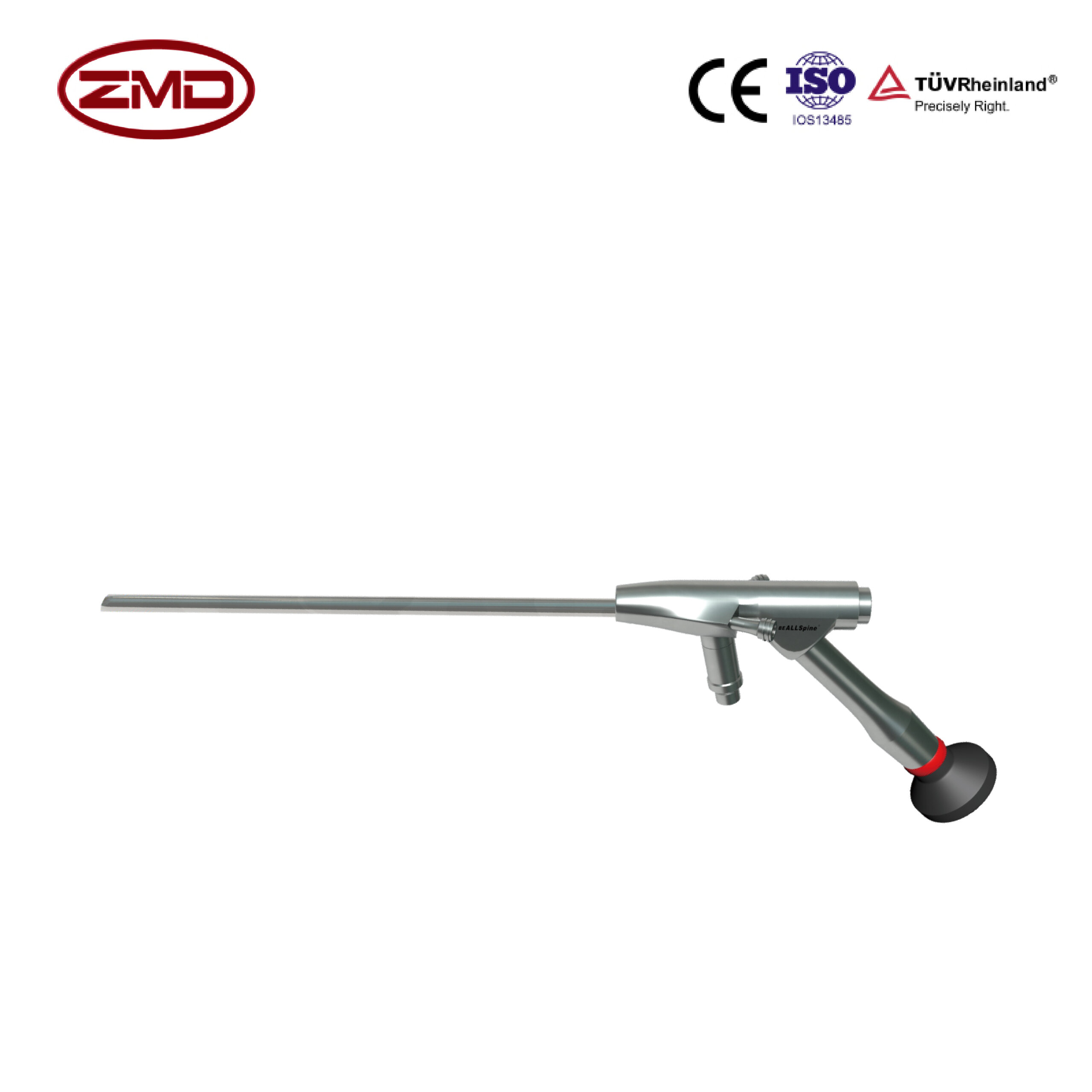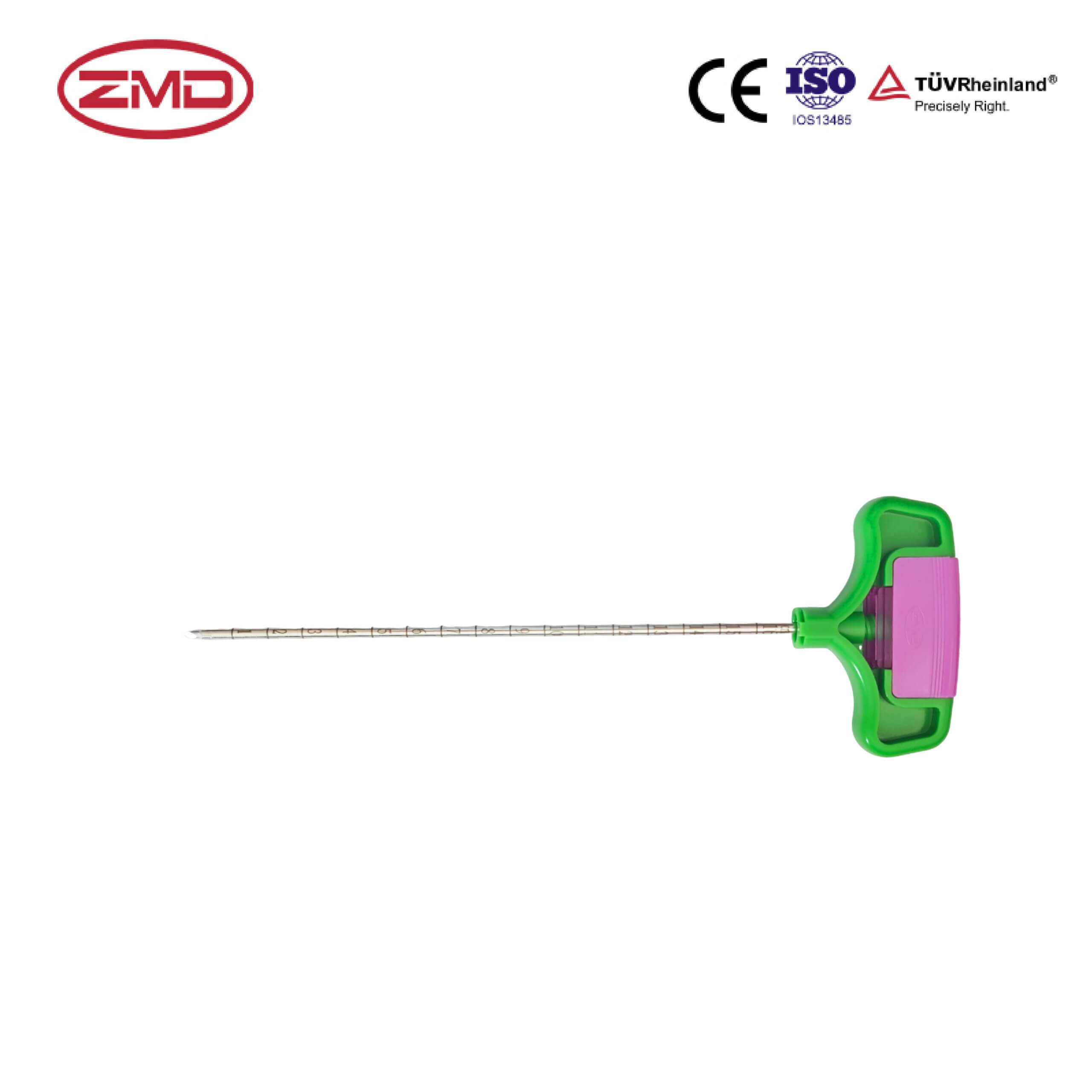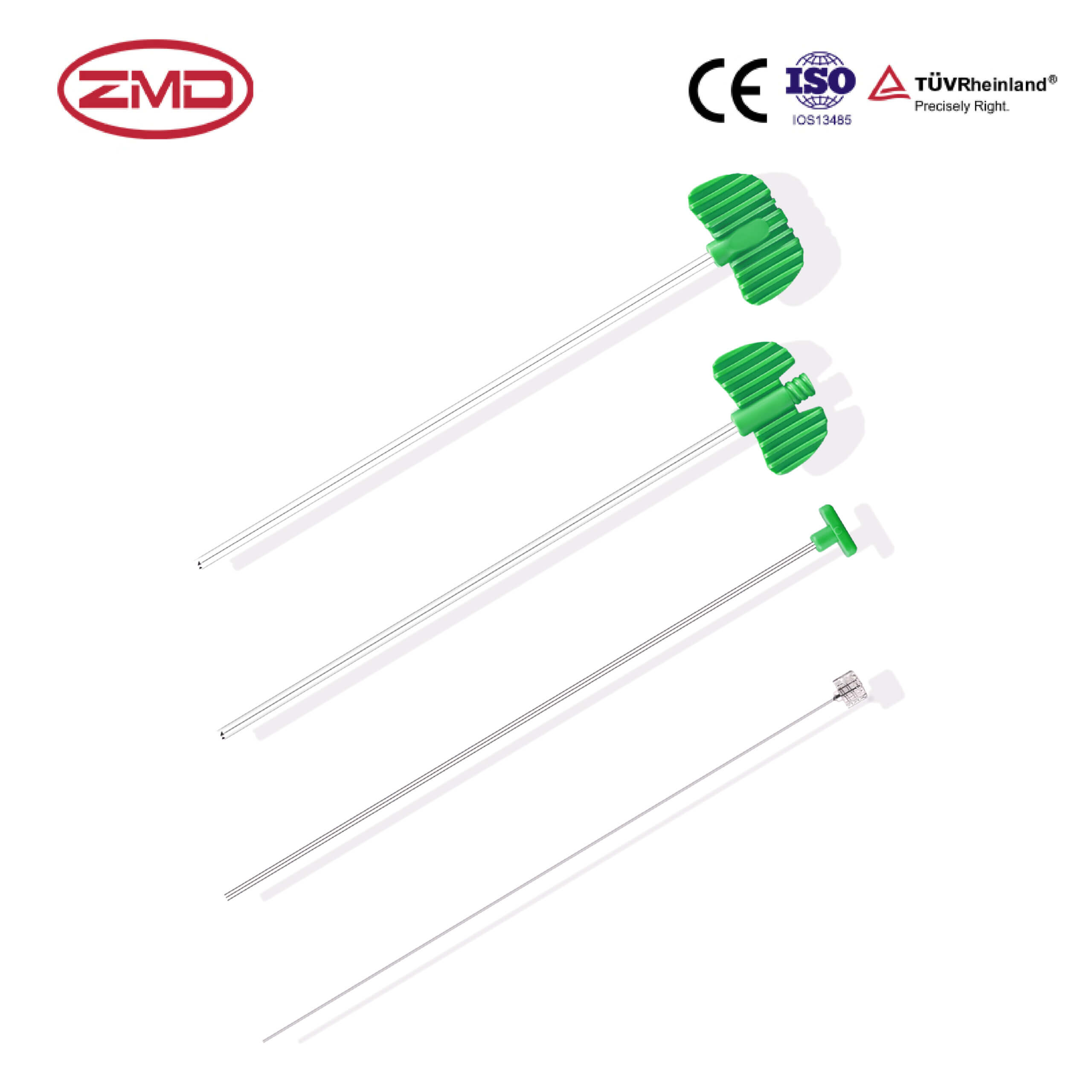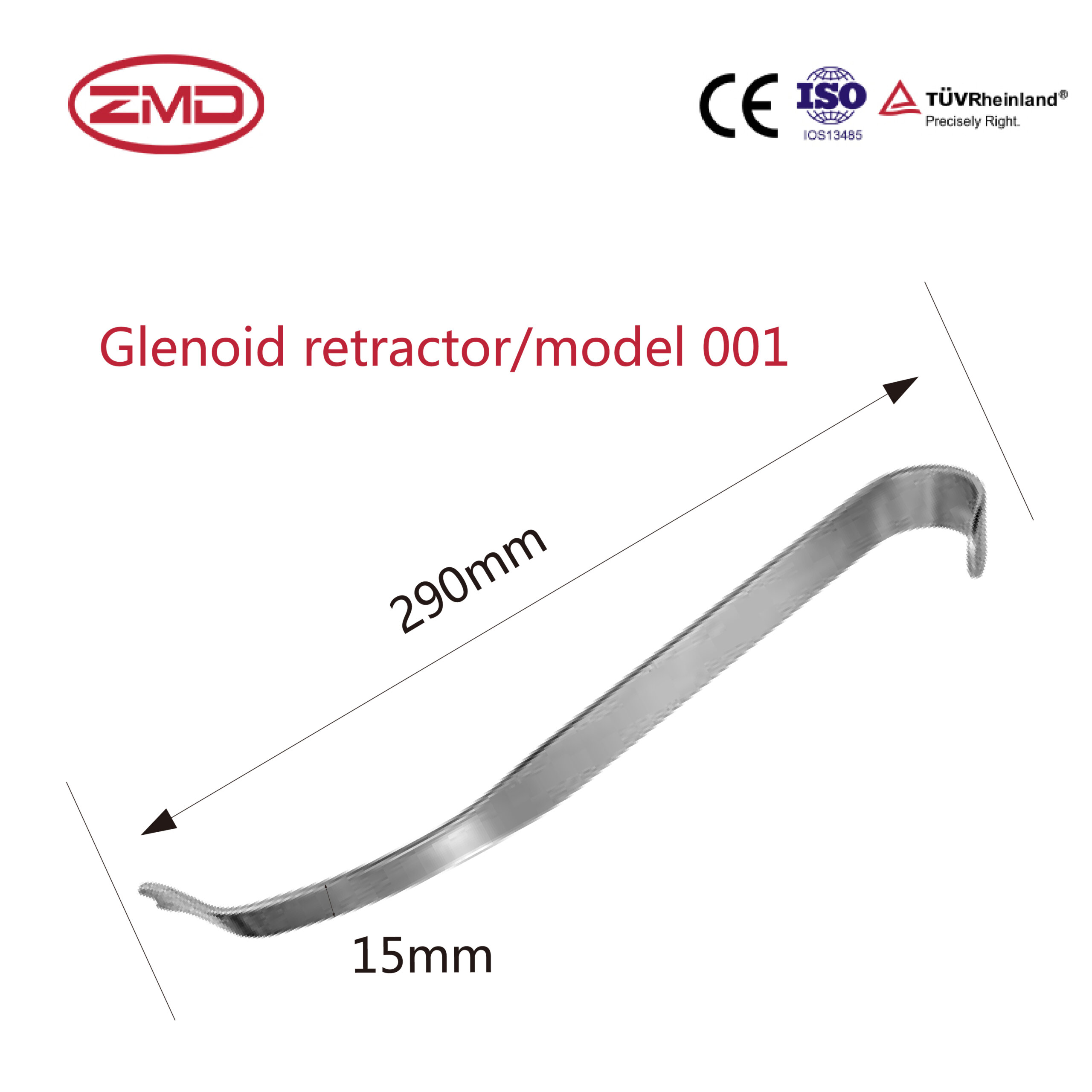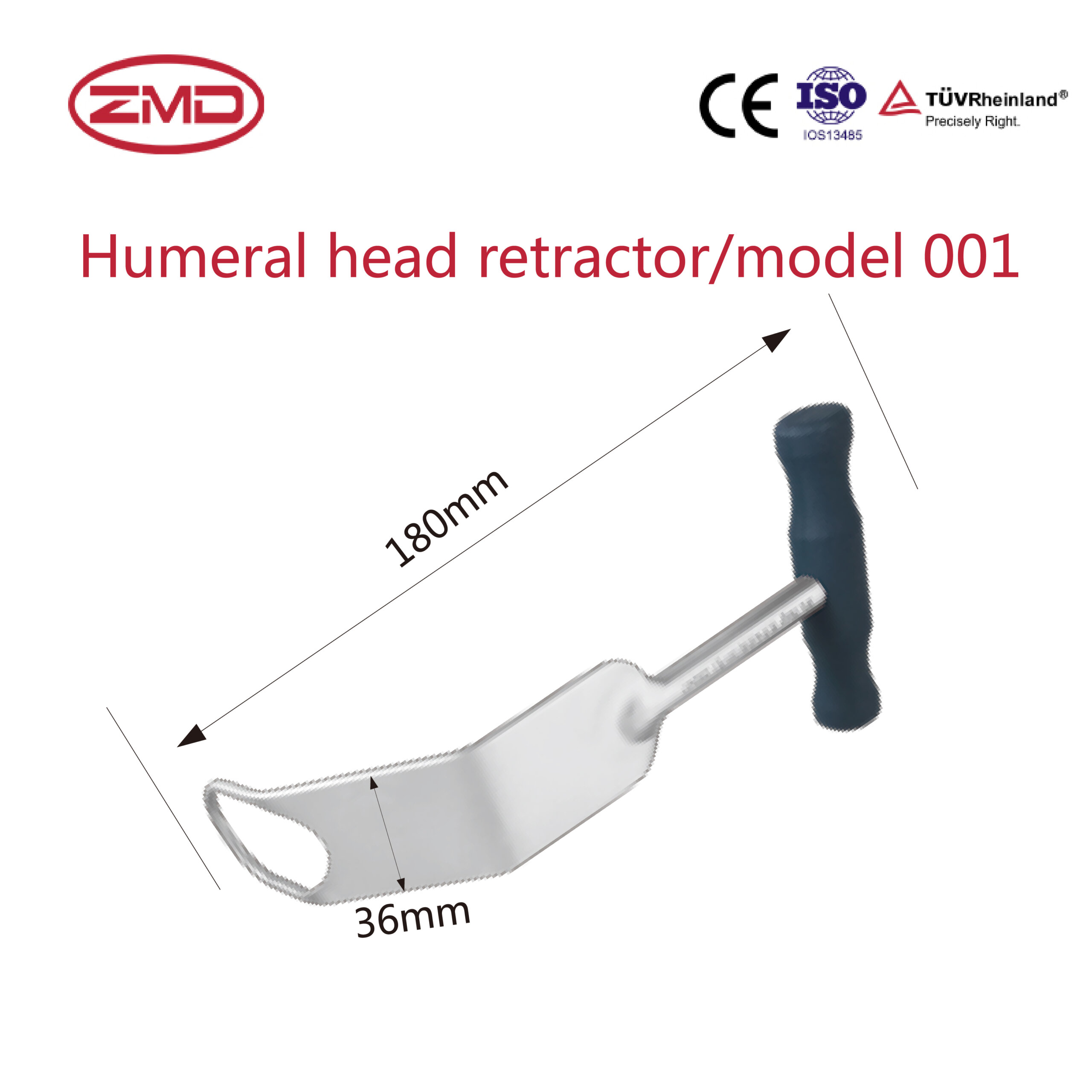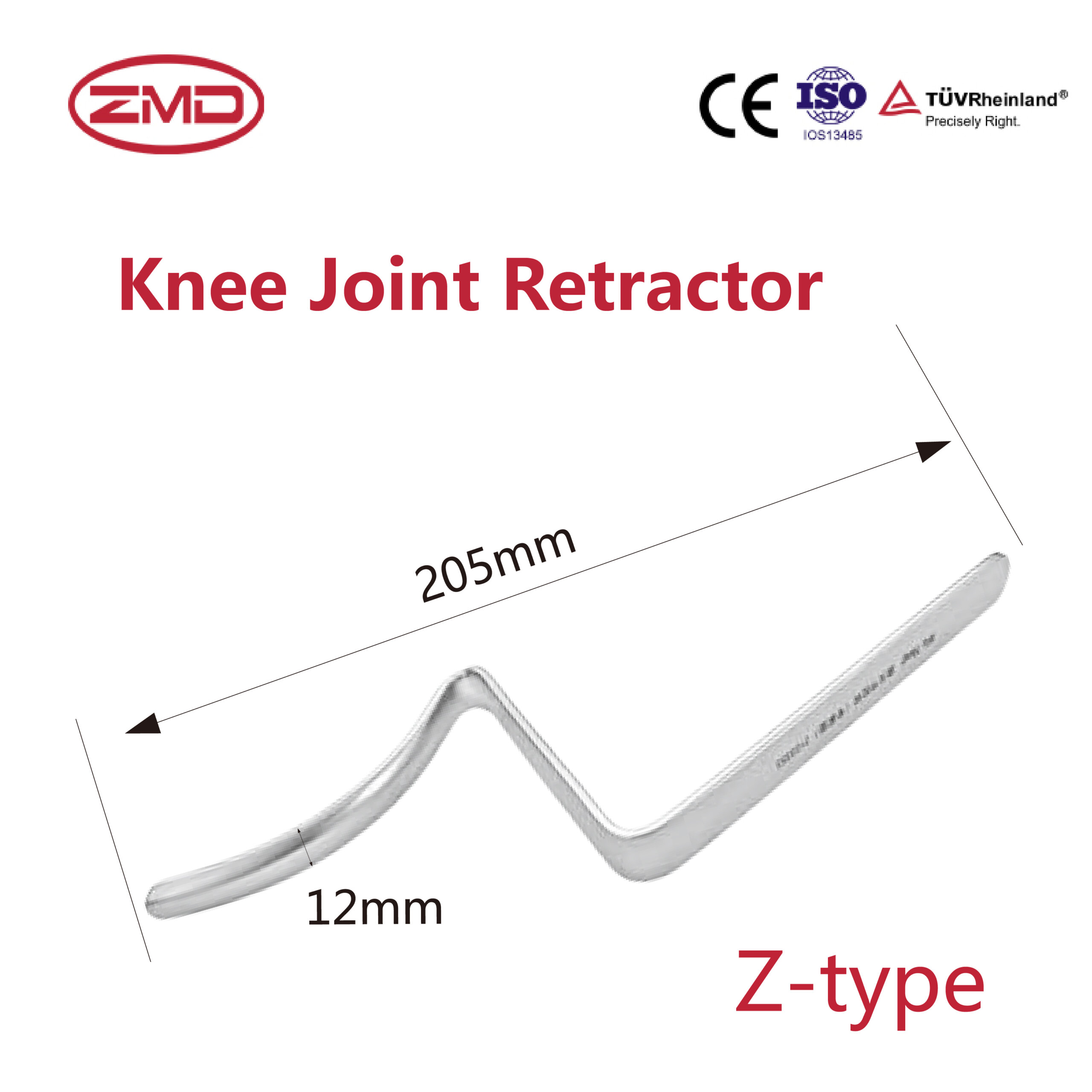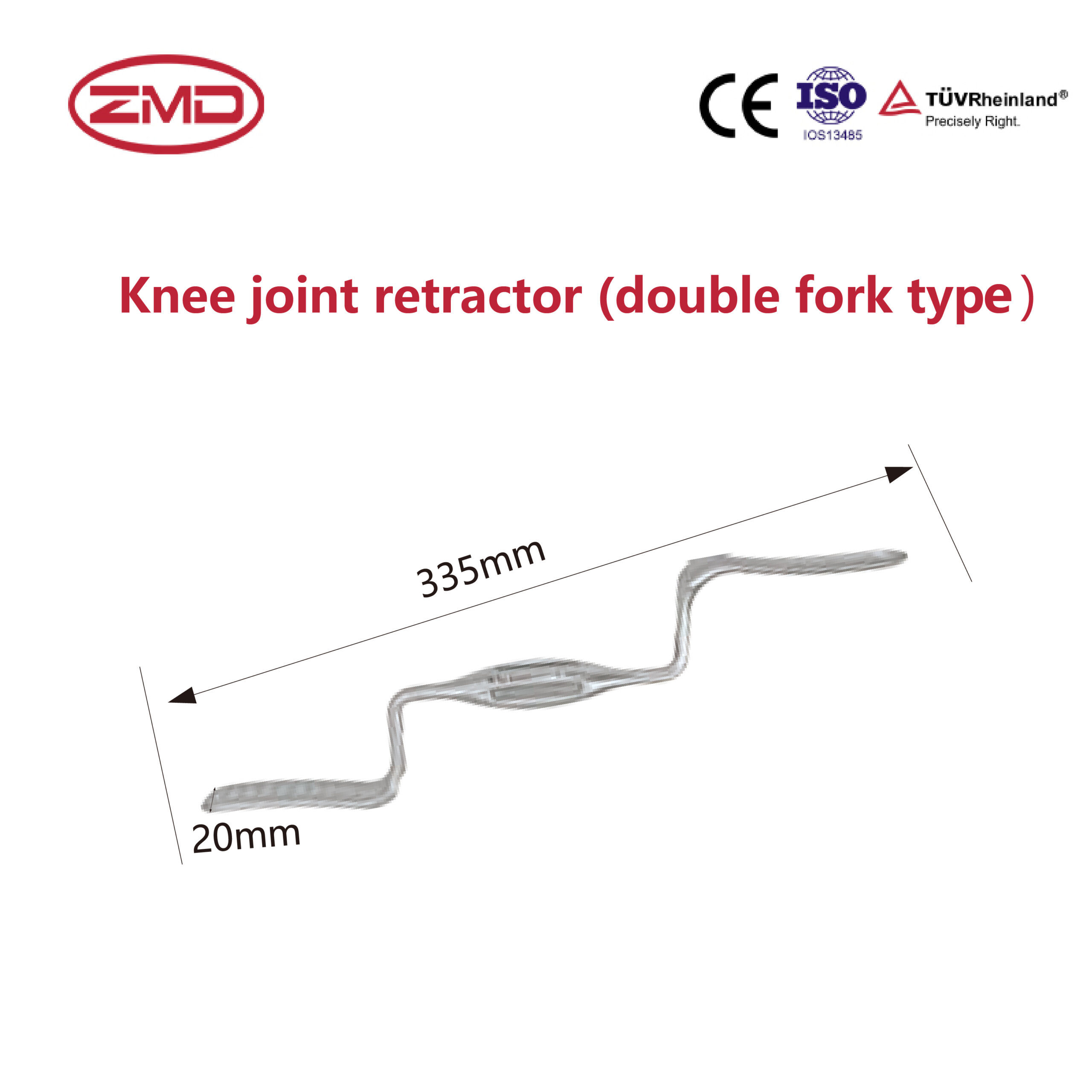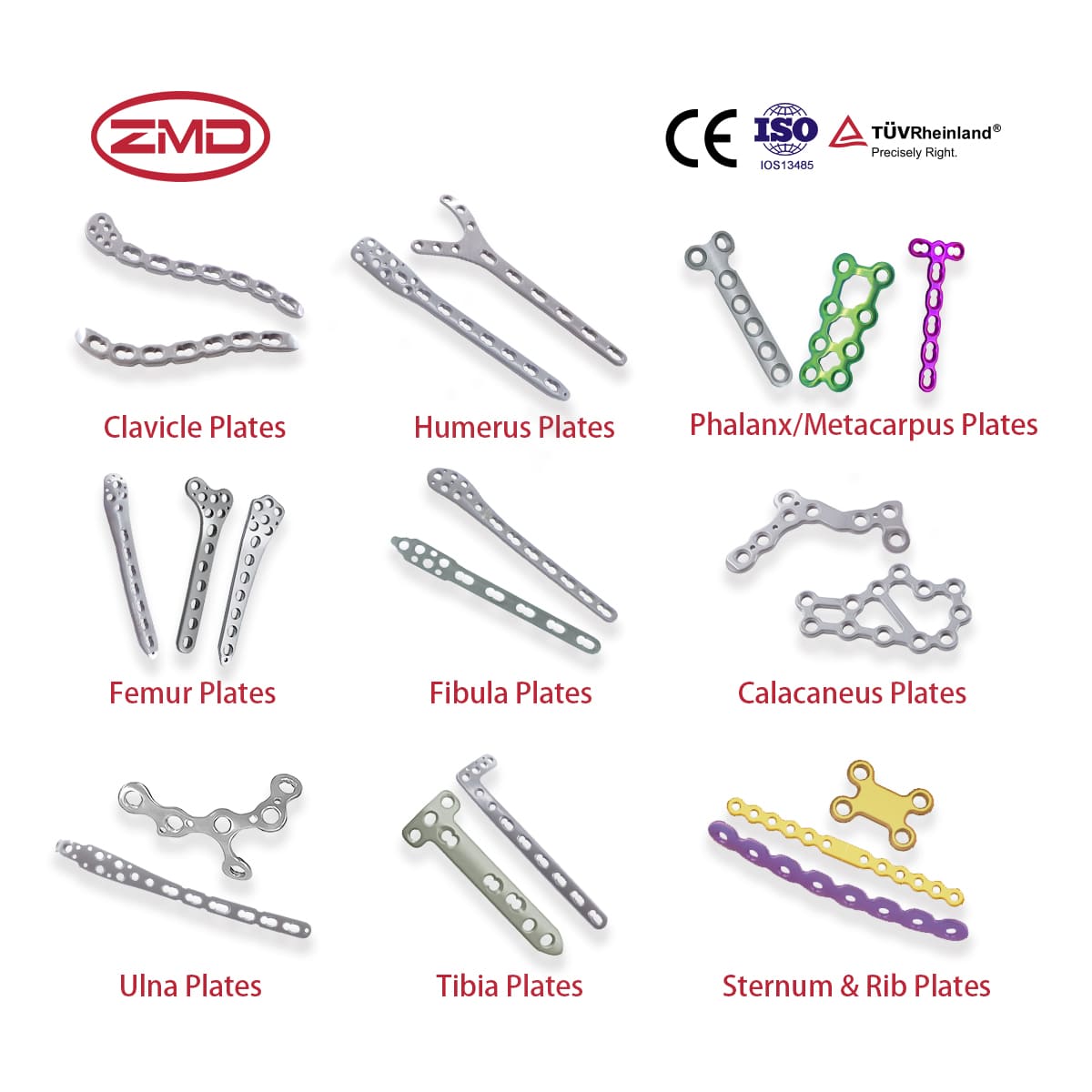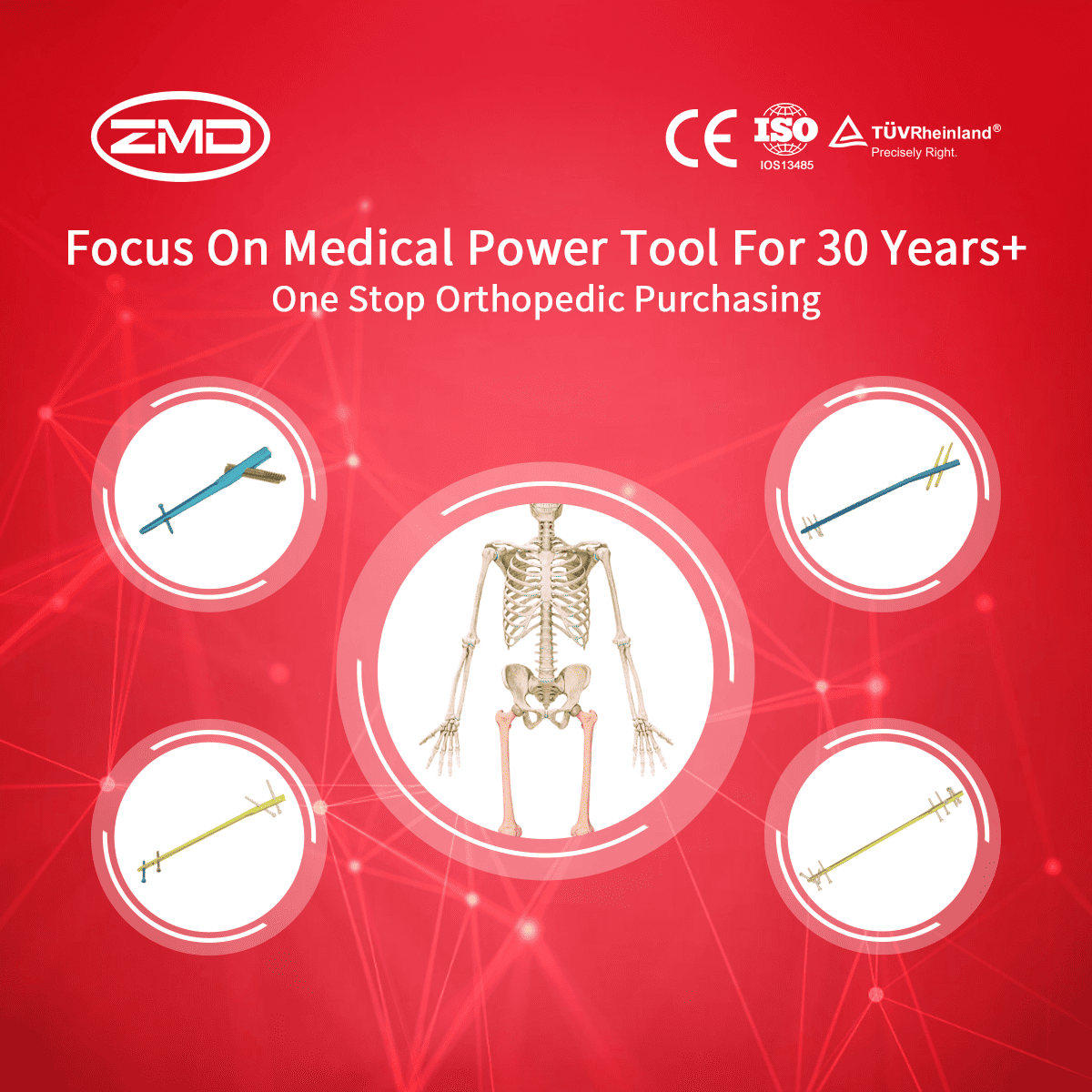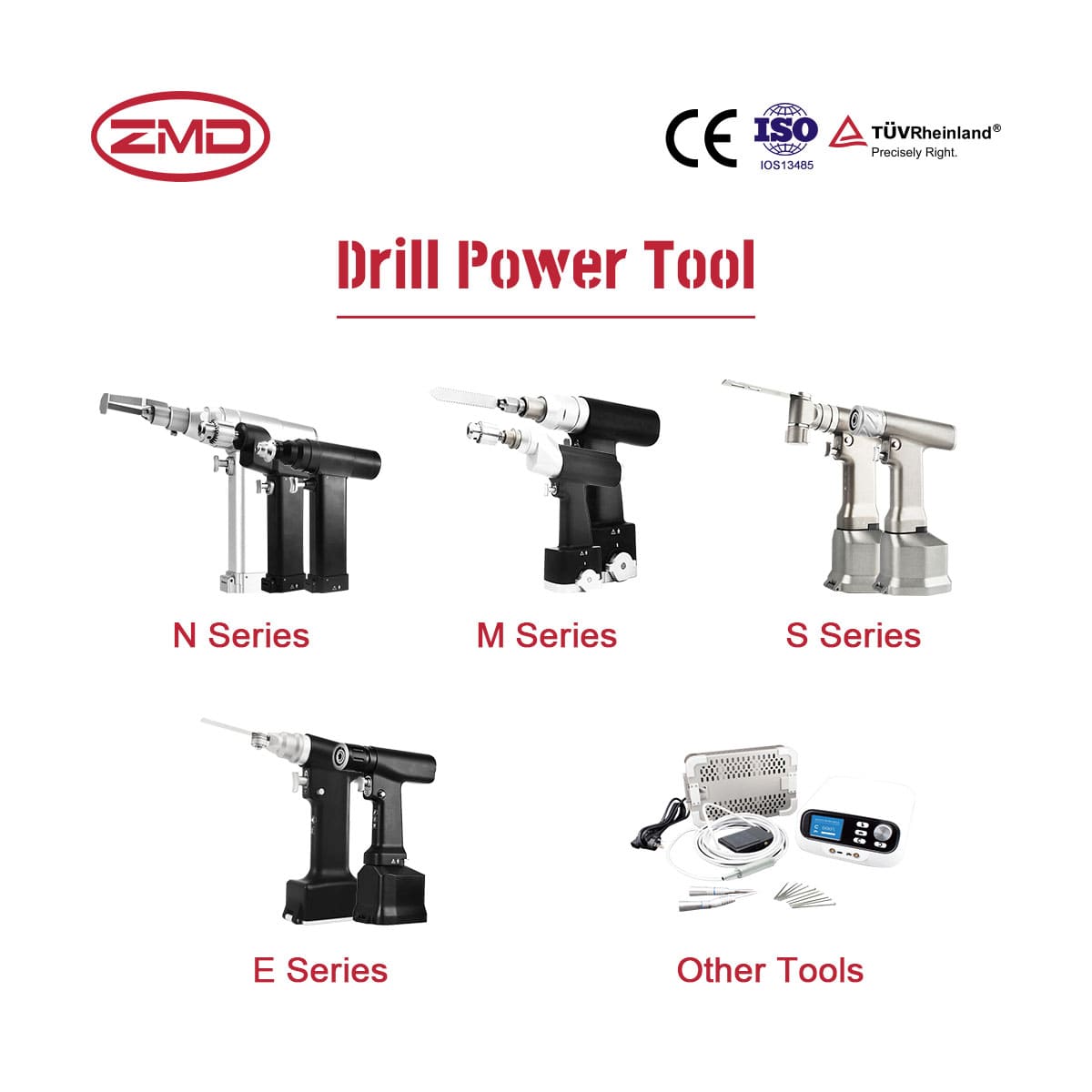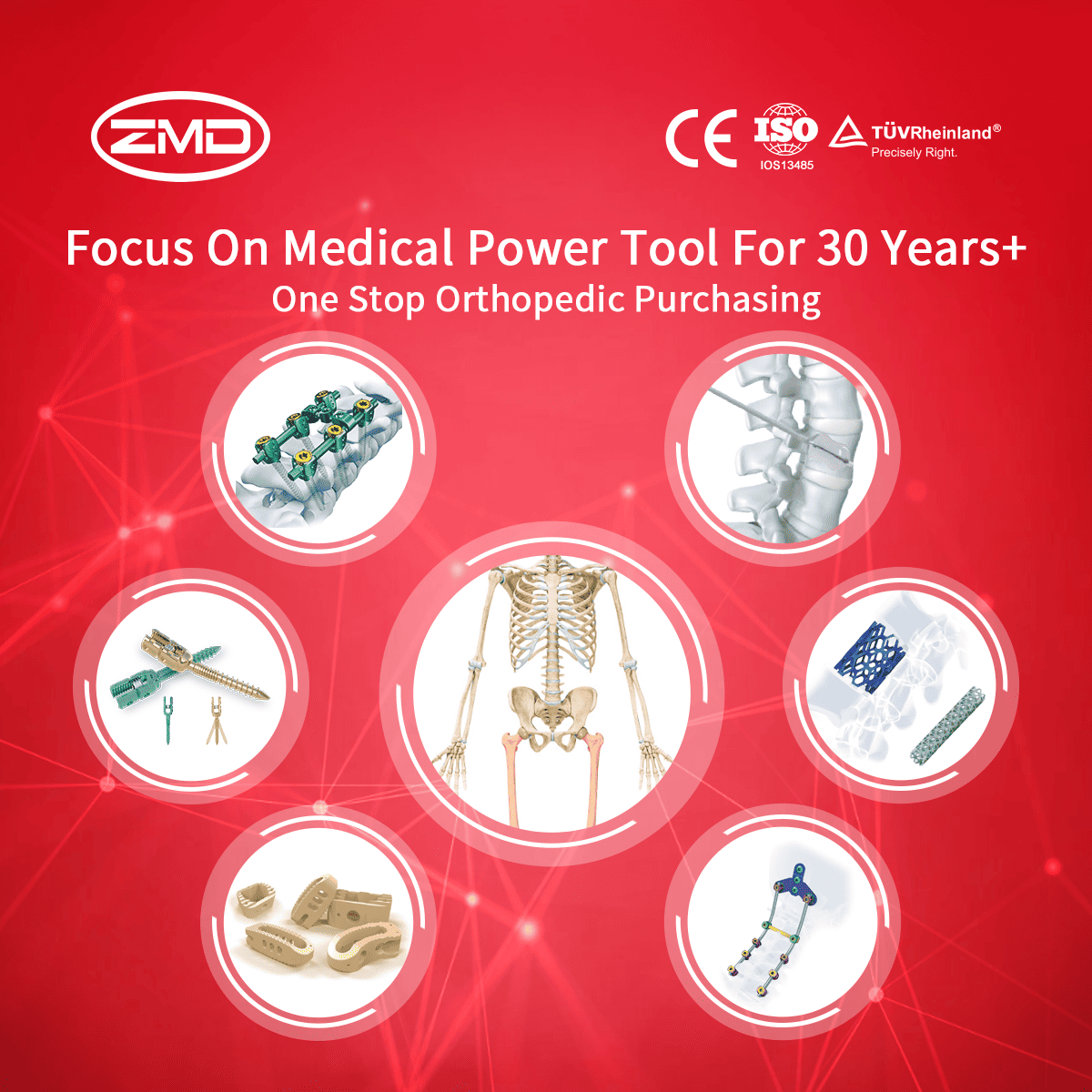Instrument Tools
ZMD
Orthopedic Products
Haven't been able to locate the product you're searching for yet?
If you're interested in more orthopaedic implant products, feel free to get in touch with our ZMD consultants.
What are Surgical Instrument Tools
Surgical instruments can be broadly categorized into the following two main types:
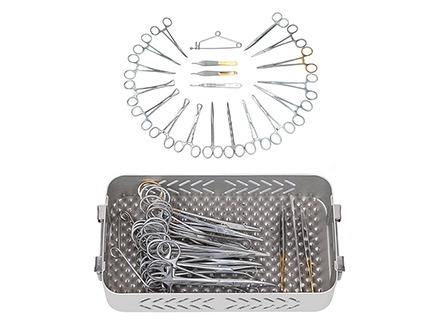
Cutting and Dissecting Instruments
- Scalpels: With sharp, replaceable blades attached to handles, they’re used for making incisions. Different blade sizes (e.g., #10 for larger cuts like in abdominal surgeries, #15 for smaller, delicate ones) allow for precise tissue cutting.
- Scissors: Come in various forms such as straight for cutting sutures or general tissue when access is easy, and curved (like Metzenbaum scissors) for dissecting soft tissues in confined spaces. Mayo scissors are stronger for tougher tissues like fascia.
- Rongeurs: Employed for cutting and removing bone in procedures like spinal surgeries. They have a spring-loaded design for controlled bone nibbling.
Grasping and Retracting Instruments
- Forceps: Different types exist. Adson forceps have fine tips for grasping delicate tissues during suturing. Allis forceps with teeth hold larger tissue amounts (used in bowel surgeries). Mosquito forceps are for grasping small blood vessels.
- Retractors: Self-retaining ones like the Balfour retractor hold back tissues or organs in abdominal surgeries to clear the surgical field. Hand-held retractors need an assistant to hold them in place for smaller procedures or specific tissue manipulation.
- Clamps: Hemostatic clamps control bleeding by clamping blood vessels. Bulldog clamps are for small vessels, while larger ones are used in vascular surgeries. Non-hemostatic clamps (e.g., towel clamps) keep surgical drapes in place.

When Are Instrument Tools Needed?
Surgical instruments are essential tools for surgeons who perform a wide range of procedures on the human body. These instruments are designed for precision, control, and durability to ensure successful surgical outcomes. Surgical instruments are needed in various surgical specialties, including:
General Surgery
- Abdominal Surgeries: Instruments like scalpels (e.g., #10 blade for initial incision) and forceps (such as Babcock forceps for handling intestines) are used. Retractors like the Balfour retractor help expose the surgical area by holding back the abdominal wall and organs.
- Herniorrhaphy: Here, needles and sutures are key for closing the abdominal wall defect. Forceps assist in handling the hernia sac and tissues during the repair process.
Orthopedic Surgery
- Joint Replacements: Specialized tools like bone saws (e.g., oscillating saw for precise bone cutting), rasps (for shaping bone surfaces), and drills (for creating holes for implants) are essential. Forceps and clamps hold bone fragments and soft tissues during the procedure.
- Fracture Fixation: Instruments including external fixators, bone plates, screws, and related tools like drills, clamps, and forceps are crucial for stabilizing fractures and ensuring proper bone alignment.
Neurosurgery
- Brain Surgeries: Micro-surgical instruments such as micro-scalpels (for delicate brain tissue incisions), fine-tipped forceps (for handling small tumors or blood clots), and specialized retractors (to gently hold back brain tissue) are vital for procedures while safeguarding neural structures.
- Spinal Surgeries: Spinal retractors expose the spinal column. Tools like bone rongeurs (for removing bone spurs) and instruments for inserting screws and rods (after precise drilling) are used for procedures like spinal fusion to relieve nerve pressure and correct deformities.
Ophthalmic Surgery
- Cataract Surgery: Ultra-fine instruments like micro-forceps, micro-scissors, and the phacoemulsification probe (for breaking up the cataract lens) are used. Intraocular lenses are then inserted precisely.
- Retinal Surgery: Delicate retinal forceps and scissors are employed to repair retinal tears or detachments. Specialized visualization and illumination tools assist in the procedure.
Plastic Surgery
- Cosmetic Surgeries: In procedures like rhinoplasty, instruments such as rasps, chisels, and fine-tipped forceps and scissors are used for reshaping nasal structures and handling soft tissues. In facelifts, skin hooks and retractors help with skin manipulation.
- Reconstructive Surgeries: Tools like skin graft knives (for harvesting skin), microsurgical instruments (for anastomosing blood vessels in free flap transfers), and devices like Doppler probes (for assessing blood flow) are utilized to ensure successful tissue grafting and healing
Blog
International Women’s Day: Salute to the “She – Power” at ZMD
International Women’s Day: Salute to the “She – Power” at ZMD Amid the trends of “Intelligent Medical Devices” and “Minimally Invasive Medical Technologies”, ZMD thrives
Discover Innovation with Sunan Medical at AAOS
Discover Innovation with Sunan Medical at AAOS The American Academy of Orthopaedic Surgeons (AAOS) Annual Meeting is the premier event for orthopedic professionals worldwide, offering
Visit Us at Expomed Eurasia 2025: Discover Sunan Medical’s Innovations
Visit Us at Expomed Eurasia 2025: Discover Sunan Medical’s Innovations The 32nd Expomed Eurasia, taking place from April 24-26, 2025, at the Tüyap Exhibition and

